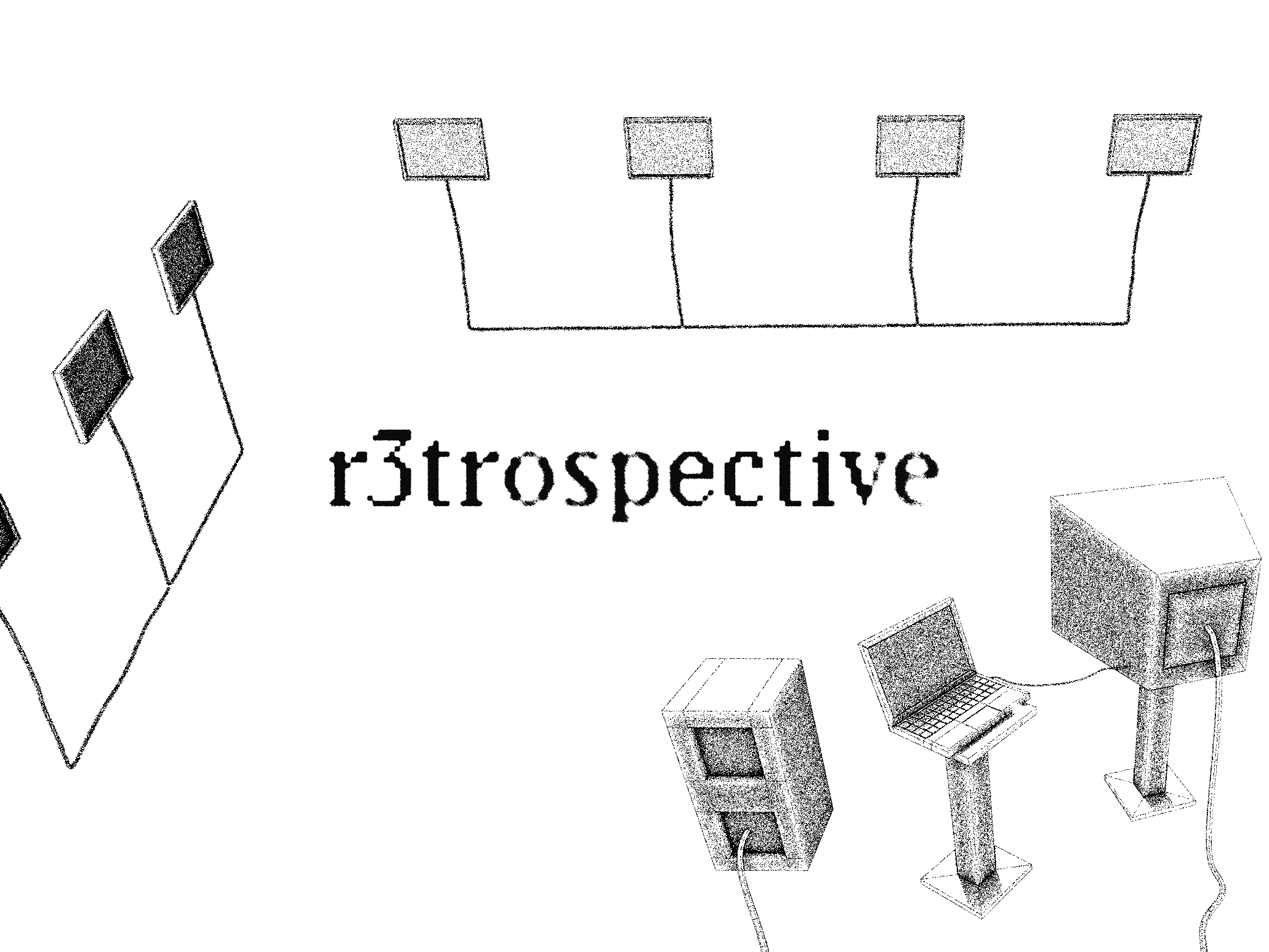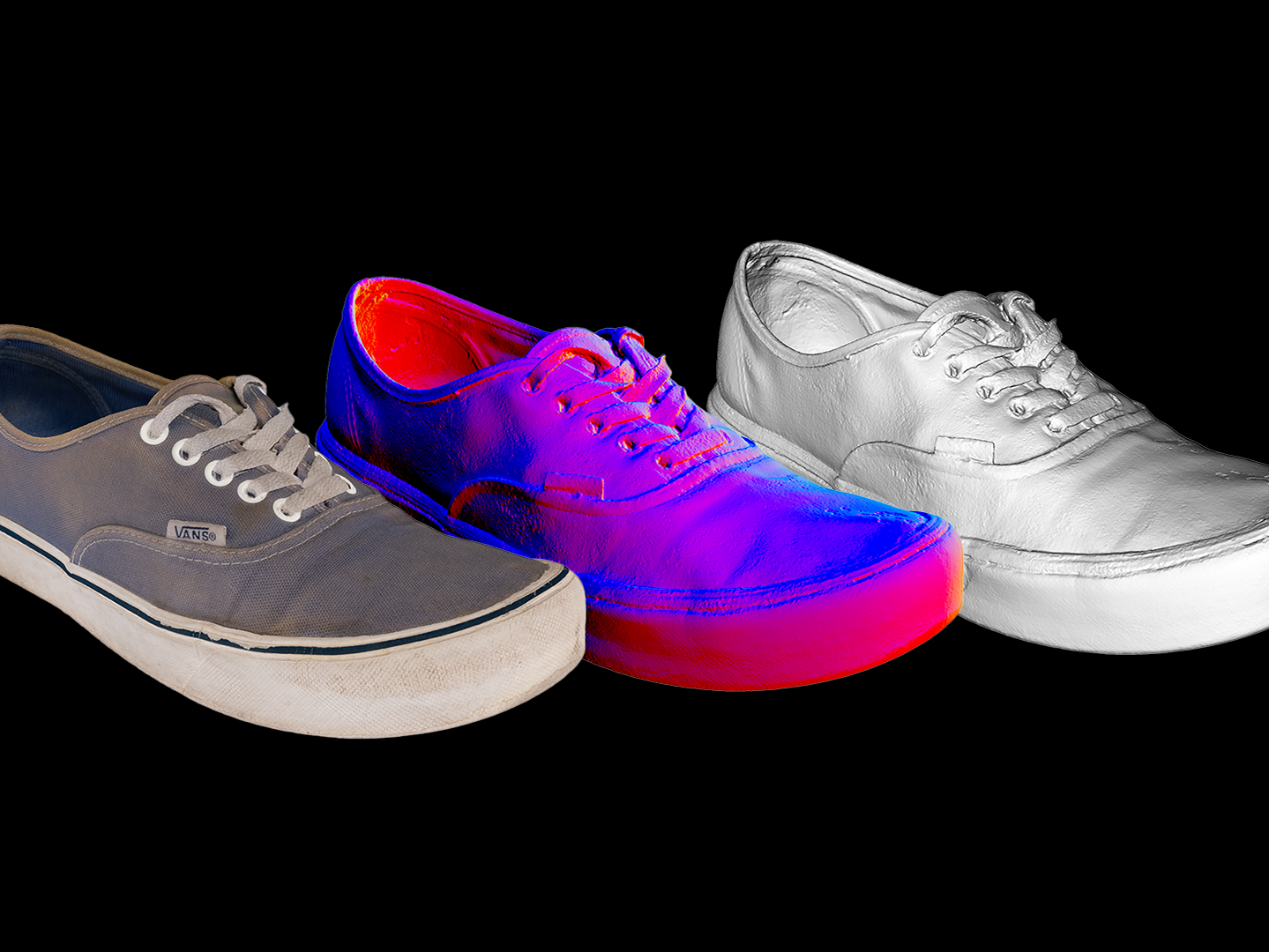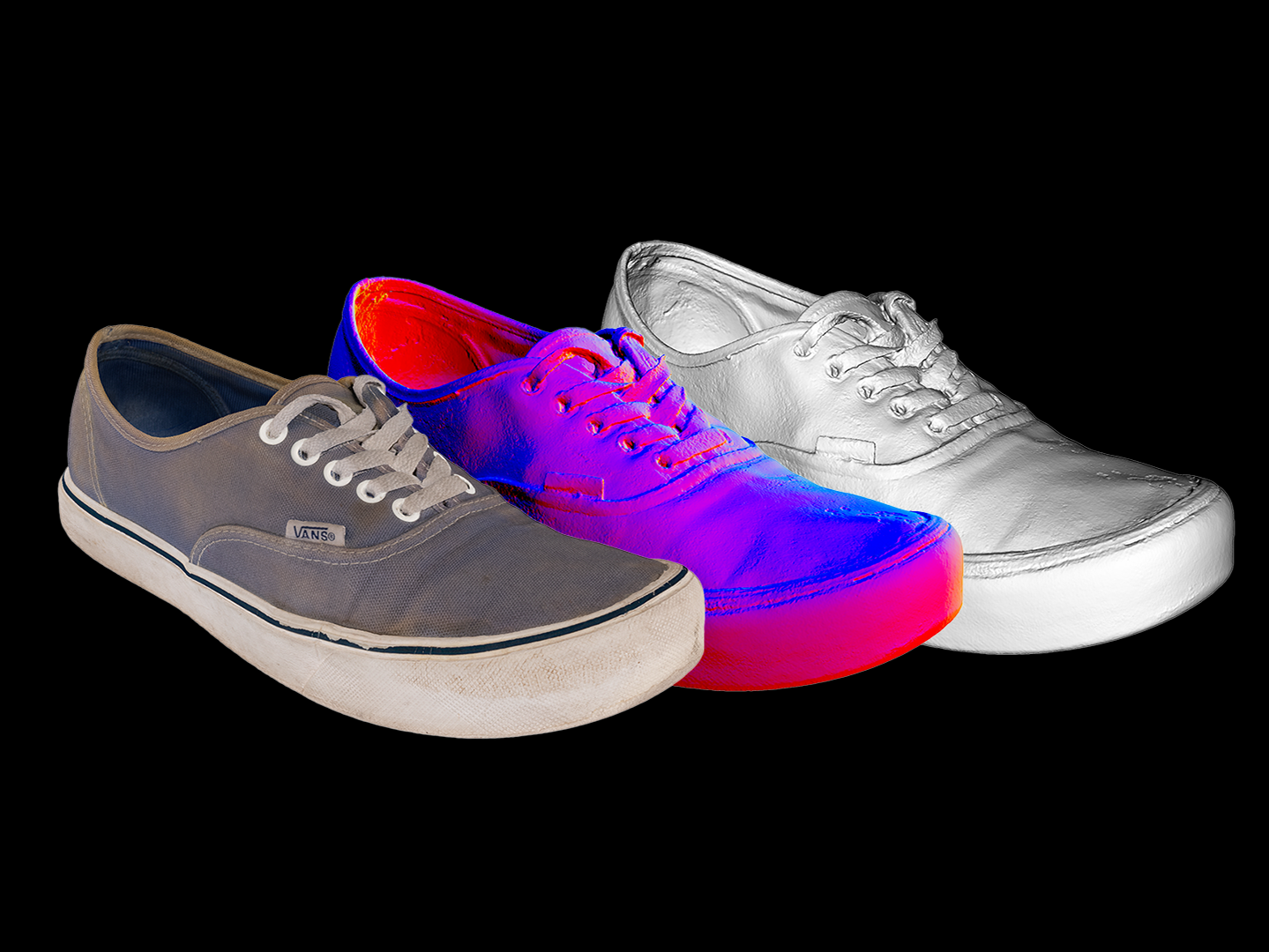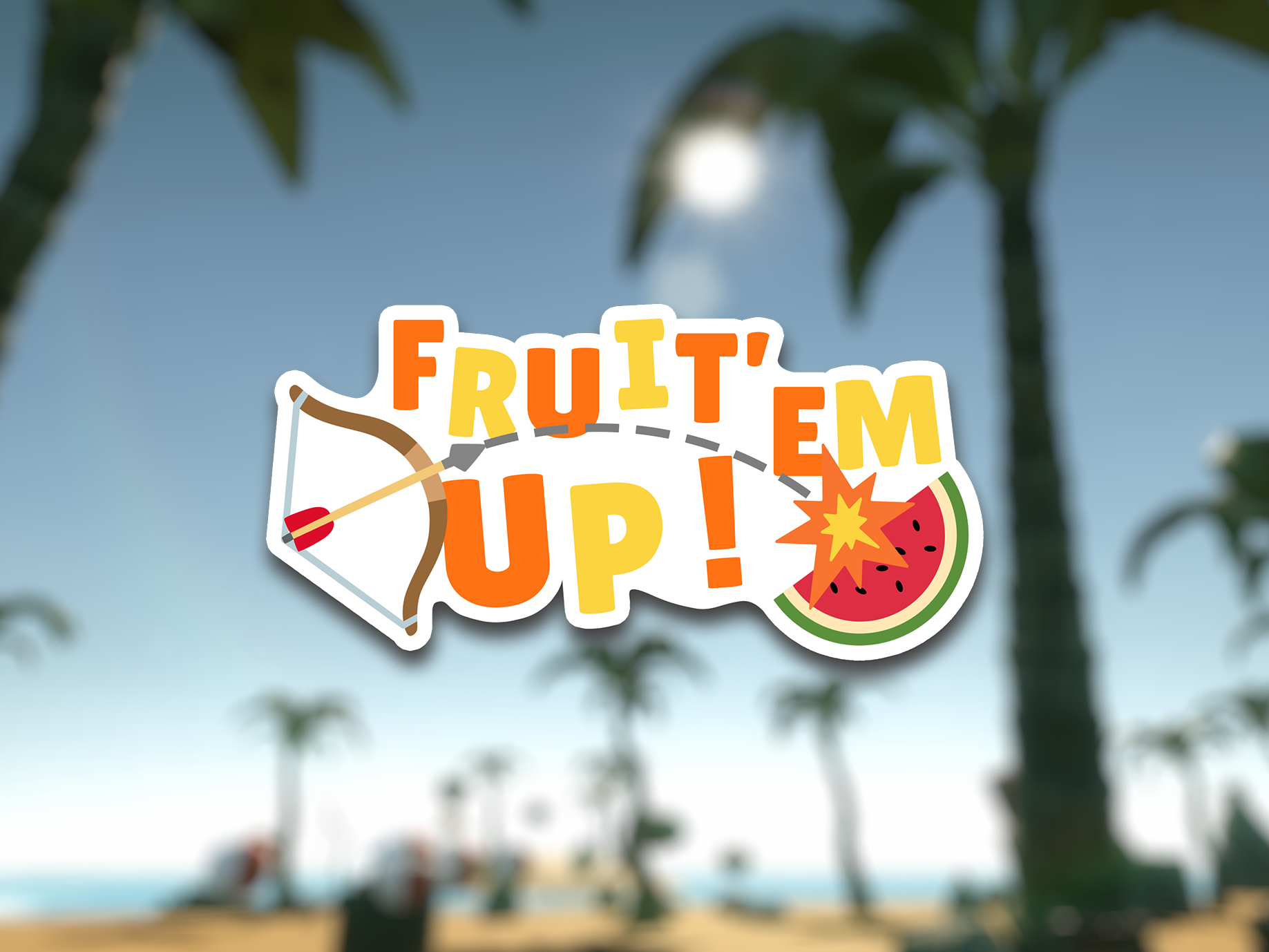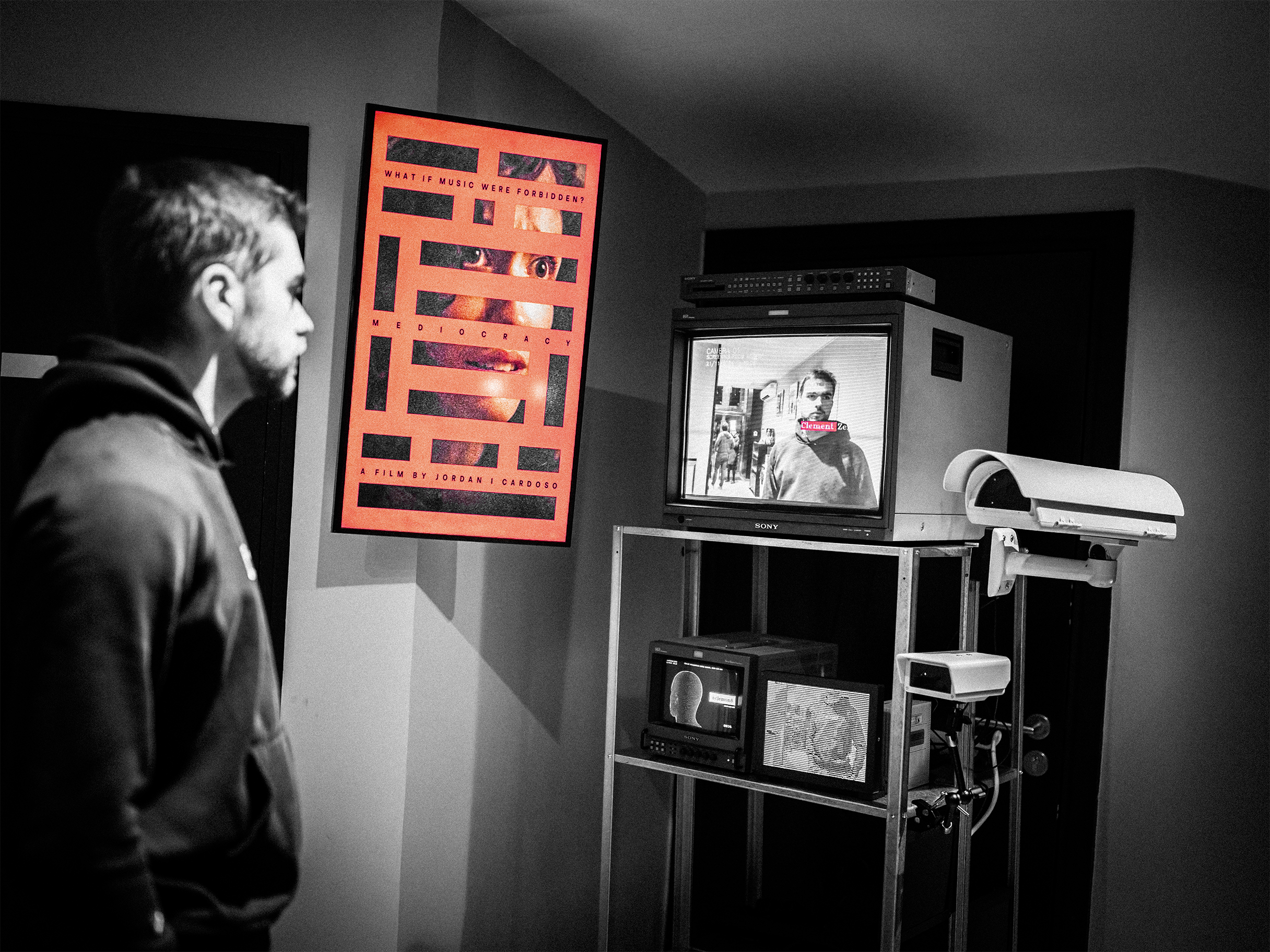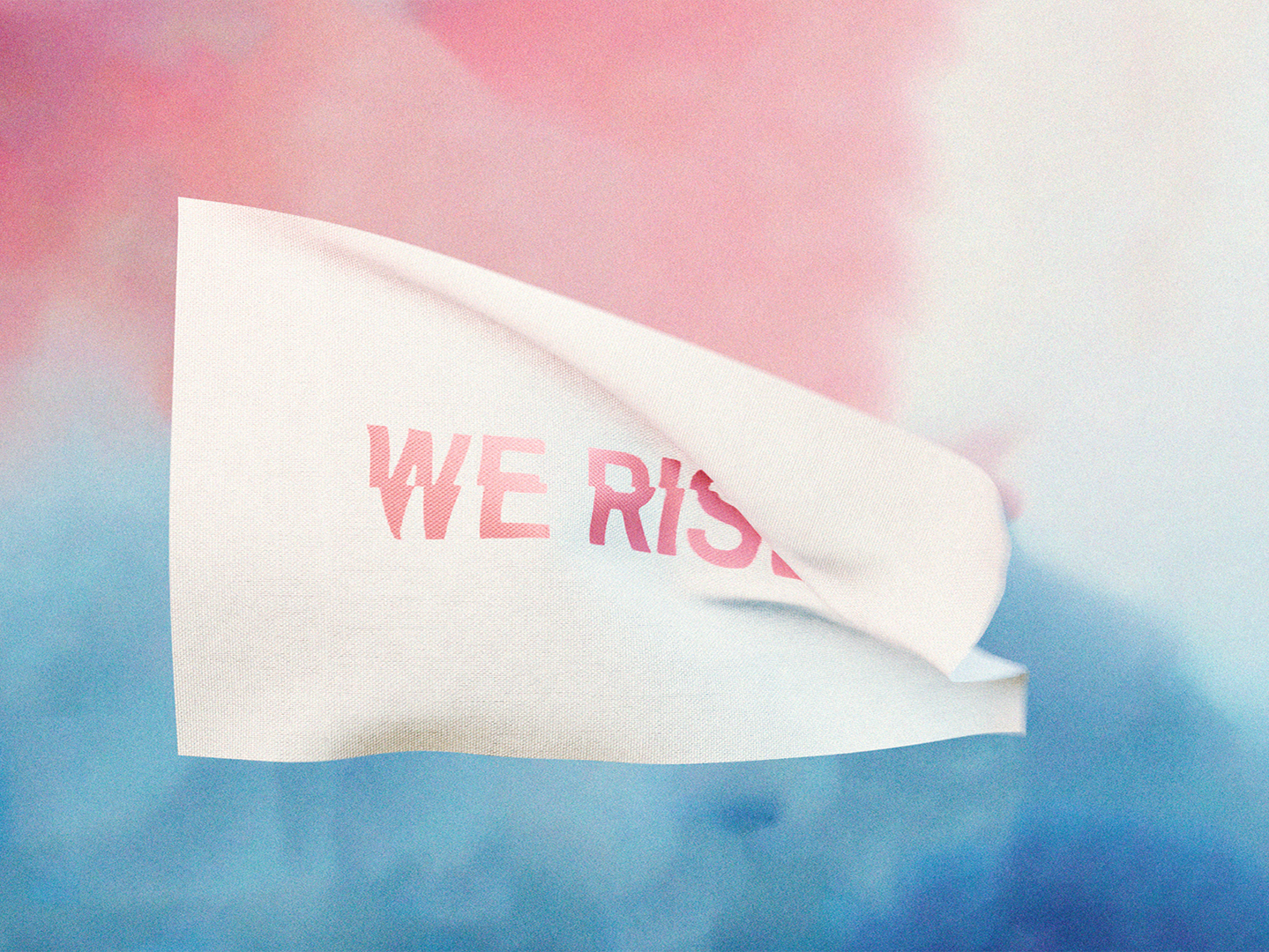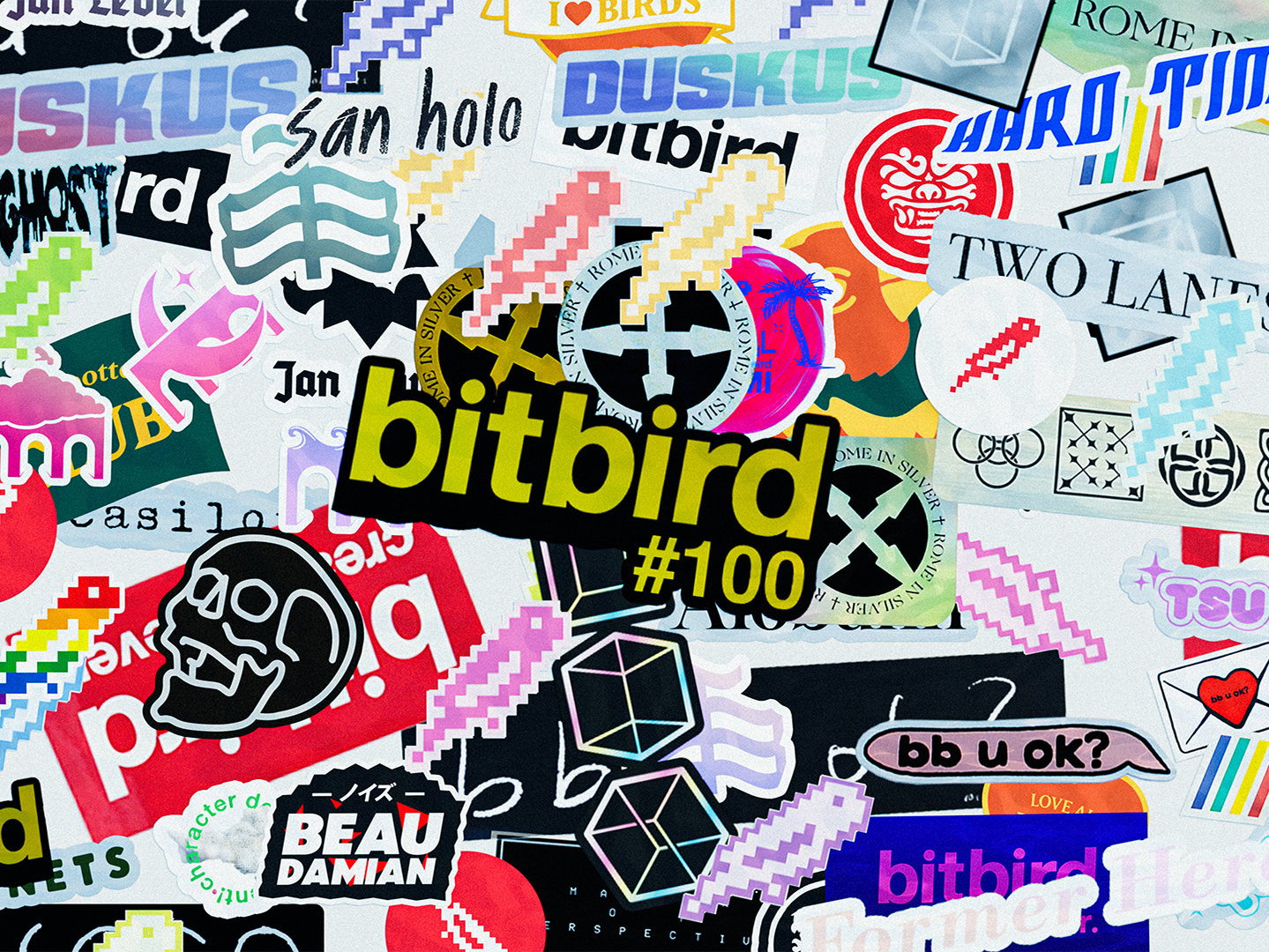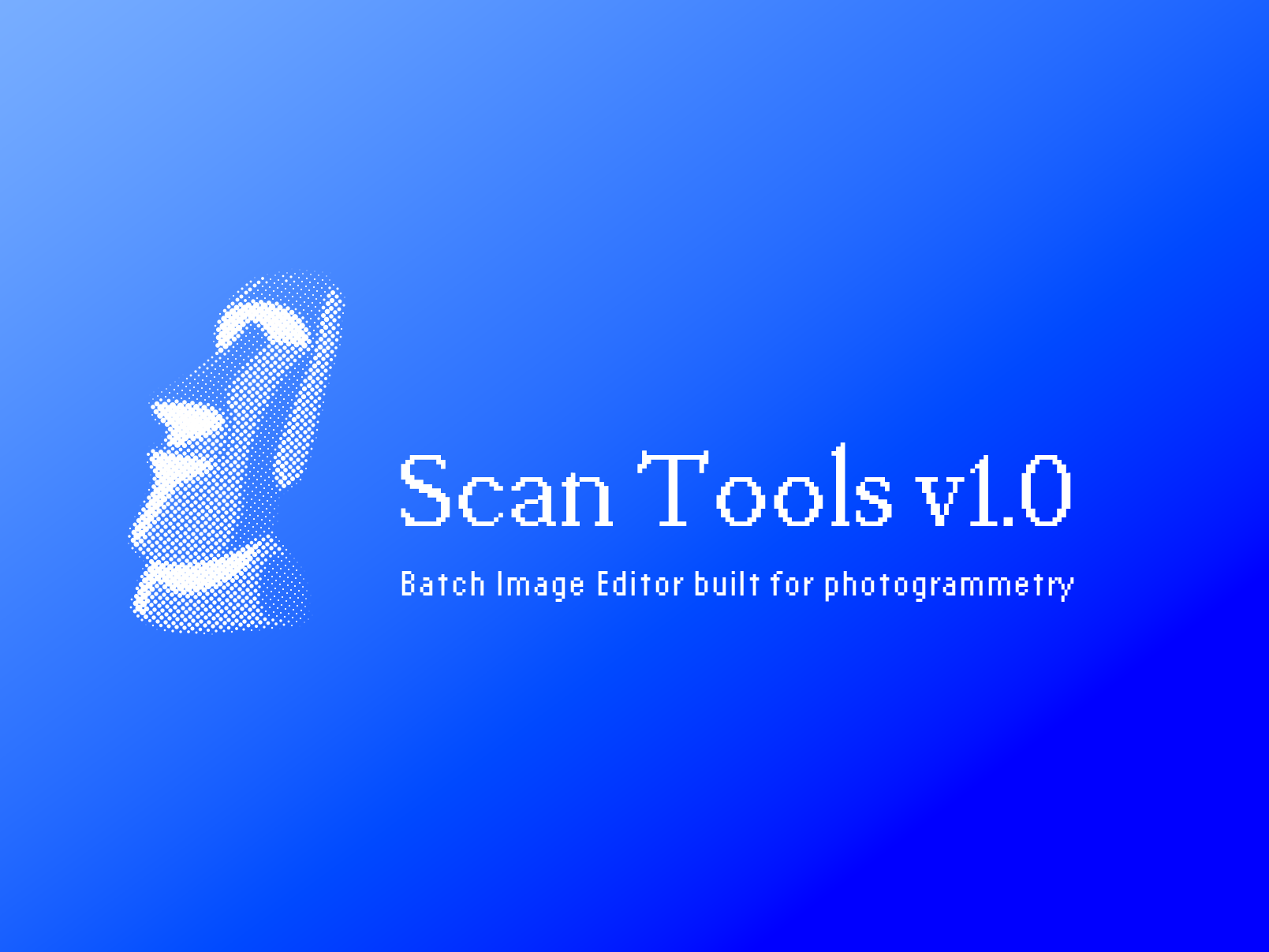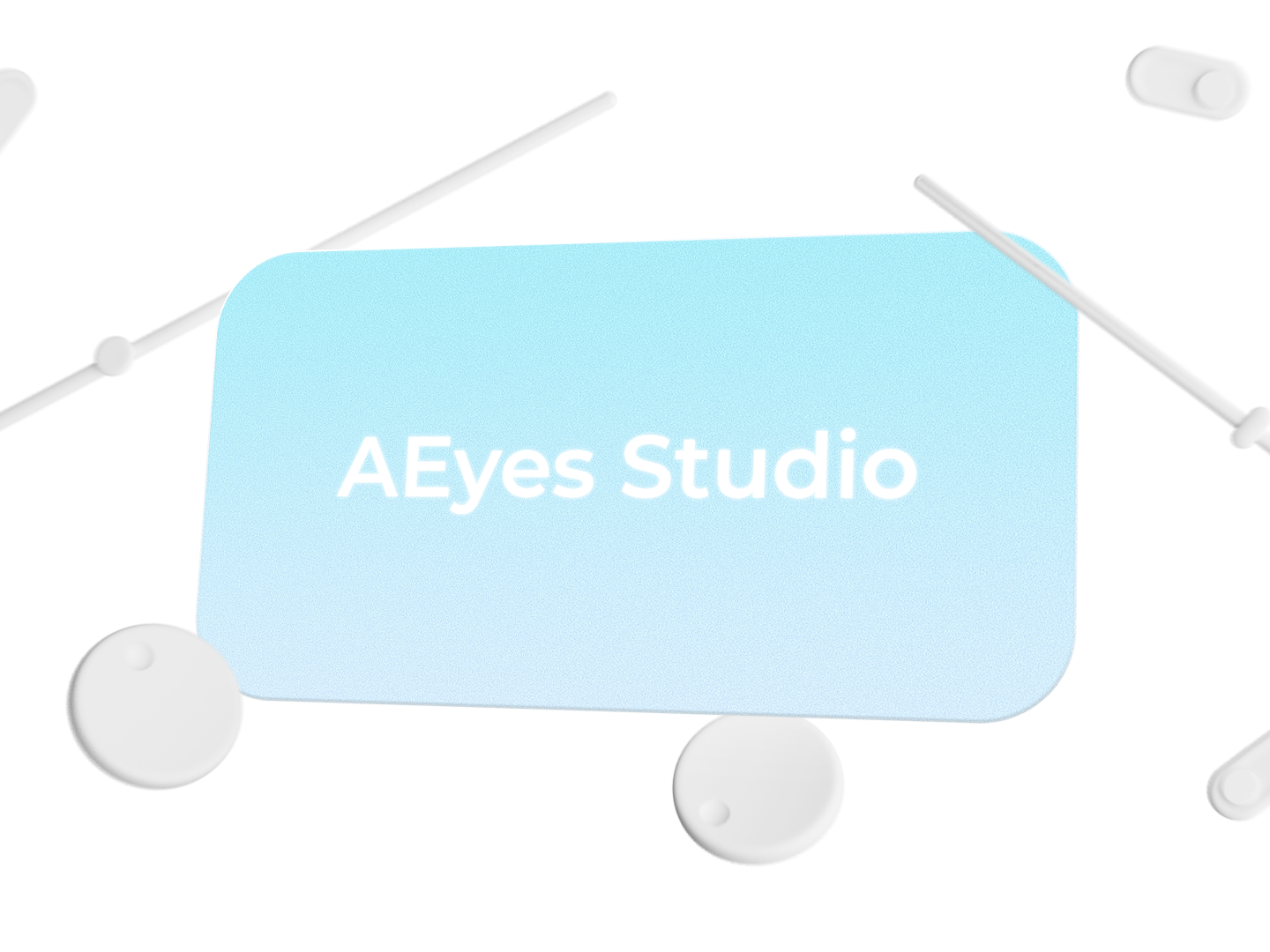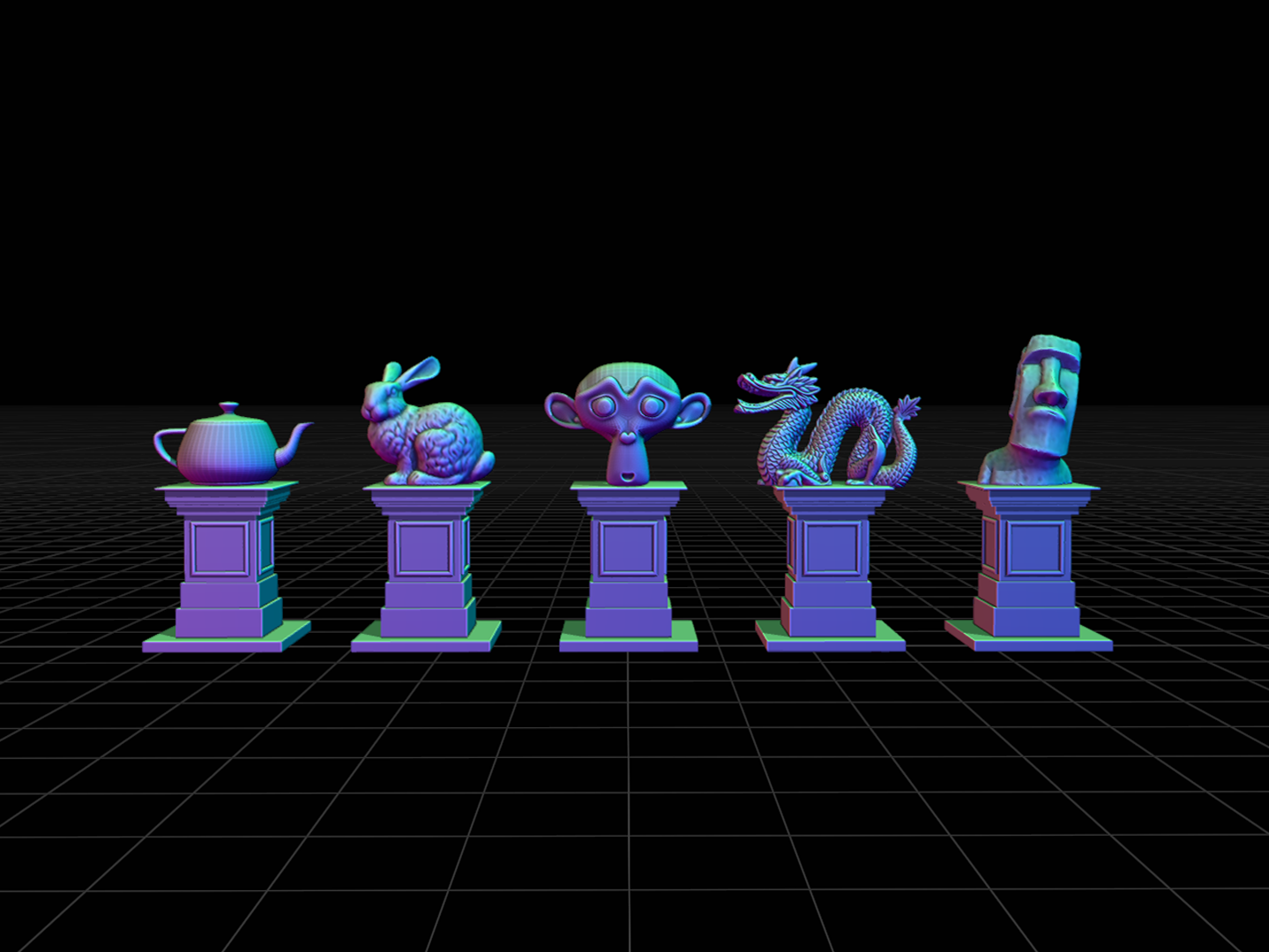[WORK IN PROGRESS - PROJECT UNDER DEVELOPMENT]
For an unannounced full-length film, I was in charge of the technical supervision of R&D efforts focused on microscopic 3D scanning. The goal: capture and reconstruct microscopic organisms that have never been publicly scanned before.
This research was conducted in collaboration with a laboratory at the lnstitut de Biologie Paris Seine (IBPS - CNRS - INSERM - Sorbonne Université) in Paris, where we leveraged light-sheet fluorescence microscopy to acquire high-resolution image slices. These image stacks were then processed into point clouds and 3D meshes, with experimental workflows exploring different reconstruction algorithms.
Light-Sheet Fluorescence Microscopy
Light-sheet fluorescence microscopy (LSFM) offers a non-invasive way to scan microscopic specimens by illuminating them with a thin plane of light beamed by lasers at different wavelengths. Instead of capturing an image from a single perspective, LSFM works by slicing the subject layer by layer, allowing for a high-resolution volumetric reconstruction. This approach minimizes phototoxicity and bleaching, preserving delicate structures in ways that traditional microscopy cannot. It also differs from photogrammetry by the fact that no texture is captured during the process and it will have to be created after the fact.
Light Sheet Fluorescence Microscopy (©ZEISS)
Microscope Station at IBPS
1350 Raw Slices as 16 bit tiff (2x3 tiles for each slice)
From Slices to Surfaces
Once captured, the raw data underwent different meshing and visualization processes, exploring multiple techniques for optimal 3D reconstruction. Early prototypes were generated as point clouds, preserving the raw structure, while various meshing algorithms are being currently tested to define an approach balancing accuracy, topology, and surface continuity.
Dense Point Cloud from Zeiss Arivis Software
Early Stage 3D Reconstruction (Poisson Surface Reconstruction Algorithm)
Next Steps: Texturing & Cleanup
As the current phase concludes, the research is shifting toward clean-up methodologies and texturing workflows. Given that the original scans are monochromatic, we are investigating macro-photography references for color projection and material reconstruction.
Macro Photography for Texture Reference
Macro Photography for Texture Reference
